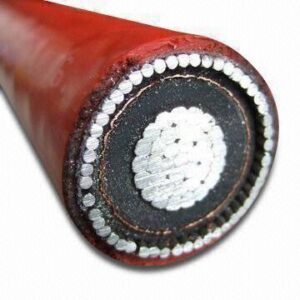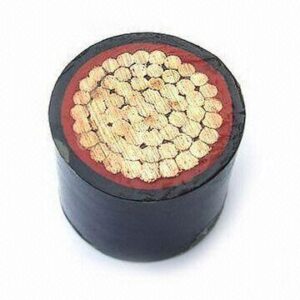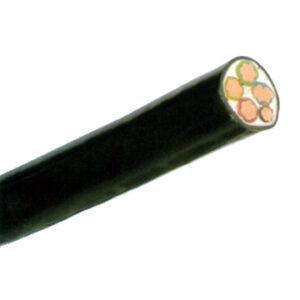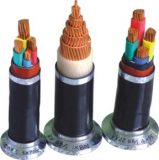In general, the most basic structure of the cable is conductor, insulation layer and outer protective layer. According to the requirements, add this structure, such as shielding layer, inner protective layer or armored layer, etc., and then add some filling materials for the completeness of the cable. Conductors are carriers that carry currents or signals, and other structures are used for protection.

1、Conductor (or conductor core) :
Its function is to conduct current, there is a solid core and stranded. The material is mainly copper, which conducts electricity much better than aluminum, and aluminum. The resistivity of copper conductor shall not be less than 0.0172410 mm /m(at 20℃) according to the national standard, and that of aluminum conductor shall not be less than 0.0282642 mm /m(at 20℃).
2、Fire-resistant layer:
Only fire-resistant cables have this structure. Due to the high temperature resistance and insulating effect of mica strip, the cable can protect the conductor for a certain time in the fire. Now the main refractory material used is mica strip.

3、Insulation layer:
The coating is outside the conductor, its function is to isolate the conductor, bear the corresponding voltage, prevent the current leakage. There are various insulating materials, the main performance is the insulation performance is better, other performance requirements according to the use requirements are different, some require high temperature flame retardant performance or ability, some require cable or produce less smoke when burning or harmful gases, some oil demand ability, corrosion resistance, others require soft, etc.
4 、Shielding layer:
Outside the insulation layer and inside the outer protective layer, the function is to limit electric field and electromagnetic interference. For different types of cables, shielding materials are also different, mainly: copper wire weaving, copper wire winding, aluminum wire weaving, aluminum foil, etc.

5、Filling layer:
The filling function is mainly to make the cable round, stable structure, some filler also plays a role of water resistance, fire resistance and so on. The main materials are PP rope, glass fiber rope, asbestos rope, etc., the requirements of non-hygroscopic materials and non-conductive.
6、Inner protective layer:
The function of inner sheath is to protect insulated wire core from damage by armor layer or shield layer. The inner sheath has several forms such as extrusion and wrapping. For the high requirements of the use of extrusion form, low requirements of the use of winding form. Now wrapped with a variety of materials, such as PVC wrapped tape, PP wrapped tape.

7、Armor layer:
The function of armor layer is to protect the cable from external damage. The most common ones are steel tape armor and steel wire armor, as well as aluminum tape armor and stainless steel tape armor. The main function of steel tape armoring is to resist pressure, while steel wire armoring is to resist tension.
8、The outer protective layer:
A component that protects the outermost layer of a cable. There are three main types: plastic, rubber and metal. Among them, the most commonly used plastics are PVC and PE, according to the characteristics of the cable has flame retardant, low smoke halogen-free type.
